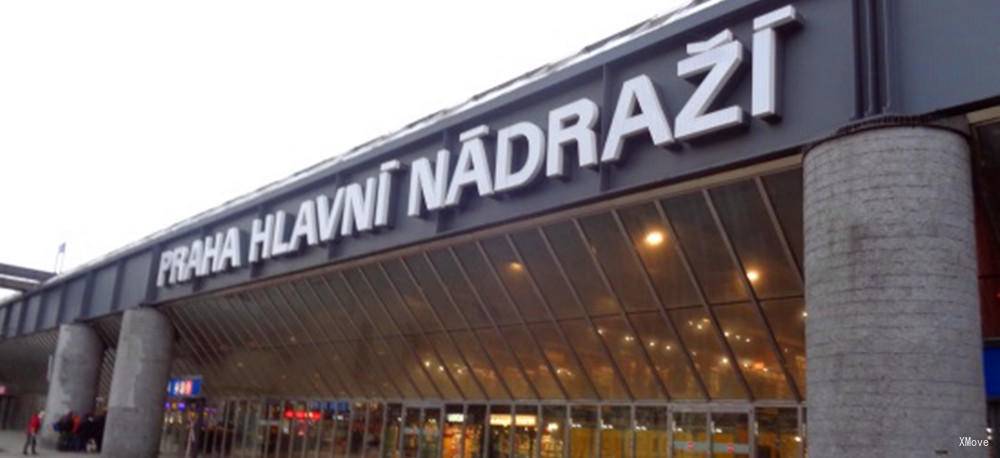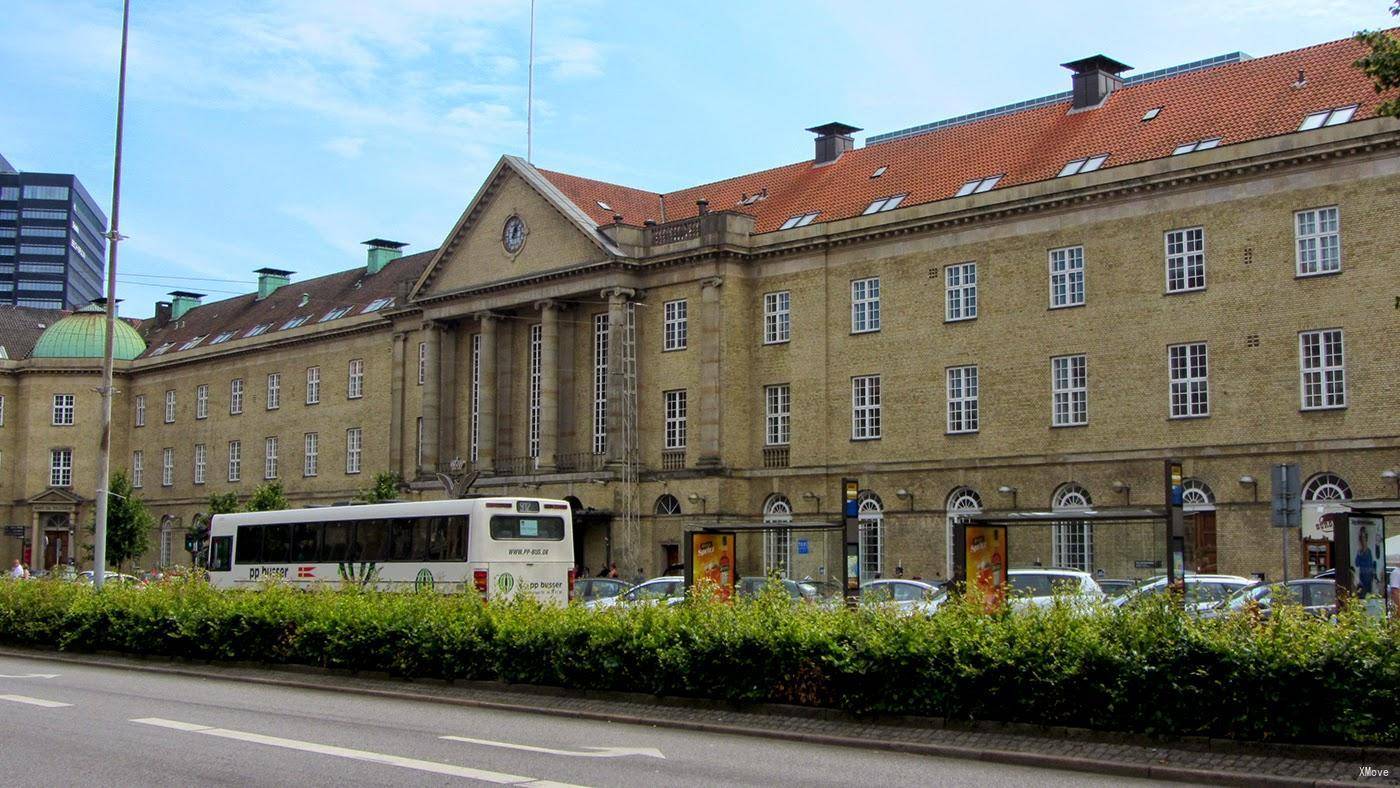Prague Central to Aarhus: Trains, Buses, Fares, Today's Connections, Routes, Duration, Types of Trains, Station Guides, Tips, Journey
Czech Train Tickets
Train schedule Prague Central(Praha Hlavní Nádraží (Prag Hl. N.)) to Aarhus
Popular train routes departing from Prague Central(Praha Hlavní Nádraží (Prag Hl. N.))
* Warszawa Central Station(Warszawa Centralna)
* Linz Central(Linz Hbf)
* Cesky Krumlov(česka Krumlov)
* Innsbruck Central(Innsbruck Hbf)
* Vienna Central Station(Wien Hbf)
* Karlovy Vary
* Leipzig Central(Leipzig Hbf)
Popular train routes arriving in Prague Central(Praha Hlavní Nádraží (Prag Hl. N.))
* Dworzec Centralny W Monachium(München Hbf)
* Mińsk(Minsk)
* Dworzec Główny W Norymberdze(Nürnberg Hbf)
* Dworzec Główny W Hamburgu(Hamburg Hbf)
* Dworzec Główny W Mannheim(Mannheim Hbf)
* Dworzec Centralny W Monachium(München Hbf)
* Ulm Dworzec Centralny(Ulm Hbf)
Popular train routes departing from Aarhus
* Aalborg St
* Stockholm Central(Stockholm C)
* Kolding St
* Aarhus
* Nuernberg Hbf(Nürnberg Hbf)
* Muenchen Hbf(München Hbf)
* Hamburg Central(Hamburg Hbf)
Popular train routes arriving in Aarhus
* Wuerzburg Hbf(Würzburg Hbf)
* Amersfoort
* Strasbourg
* Muenster Westf Hbf(Münster(Westf)Hbf)
* Bremen Central(Bremen Hbf)
* Rendsburg
* Flensburg

Prague Central
Praha hlavní nádraží The main railway station of Prague, the capital of the Czech Republic, is one of the largest railway stations in the Czech Republic. This station is less than 5 minutes from Wenceslas Square. There is a subway line C linking to other parts of the city. The central station also links to Prague. The airport departs every 30 minutes and travels for 5 to 35 minutes. Go to the old town and make the C line subway and get off at Muzeum and take the A line staromestska. Go to Prague Castle and get off at Muzeum and change to the A line to get off at Hradcanska or Malostranska.
Prague Central - Station Guide | Departures and Arrivals | Popular Routes
Prague (; Czech: Praha [ˈpraɦa] , German: Prag, Latin: Praga) is the capital and largest city in the Czech Republic, the 14th largest city in the European Union and the historical capital of Bohemia. Situated on the Vltava river, Prague is home to about 1.3 million people, while its metropolitan area is estimated to have a population of 2.6 million. The city has a temperate oceanic climate, with relatively warm summers and chilly winters. Prague is a political, cultural and economic centre of central Europe complete with a rich history. Founded during the Romanesque and flourishing by the Gothic, Renaissance and Baroque eras, Prague was the capital of the Kingdom of Bohemia and the main residence of several Holy Roman Emperors, most notably of Charles IV (r. 1346–1378). It was an important city to the Habsburg Monarchy and its Austro-Hungarian Empire. The city played major roles in the Bohemian and Protestant Reformation, the Thirty Years' War and in 20th-century history as the capital of Czechoslovakia between the World Wars and the post-war Communist era.Prague is home to a number of well-known cultural attractions, many of which survived the violence and destruction of 20th-century Europe. Main attractions include Prague Castle, Charles Bridge, Old Town Square with the Prague astronomical clock, the Jewish Quarter, Petřín hill and Vyšehrad. Since 1992, the extensive historic centre of Prague has been included in the UNESCO list of World Heritage Sites. The city has more than ten major museums, along with numerous theatres, galleries, cinemas and other historical exhibits. An extensive modern public transportation system connects the city. It is home to a wide range of public and private schools, including Charles University in Prague, the oldest university in Central Europe.Prague is classified as an "Alpha −" global city according to GaWC studies and ranked sixth in the Tripadvisor world list of best destinations in 2016. In 2019, the city was ranked as 69th most liveable city in the world. Its rich history makes it a popular tourist destination and as of 2017, the city receives more than 8.5 million international visitors annually. In 2017 Prague was listed as the fifth most visited European city after London, Paris, Rome and Istanbul.
Prague - Guide, Attractions, Tours, Sightseeings | Train from/to Prague | Popular RoutesAarhus (, also US: , Danish: [ˈɒːhuːˀs] ; officially spelled Århus from 1948 until 1 January 2011) is the second-largest city in Denmark and the seat of Aarhus municipality. It is located on the east coast of the Jutland peninsula, in the geographical centre of Denmark, 187 kilometres (116 mi) northwest of Copenhagen and 289 kilometres (180 mi) north of Hamburg, Germany. The inner urban area contains 273,077 inhabitants (as of 1 January 2018) and the municipal population is 340,421 (as of 2018). Aarhus is the central city in Business Region Aarhus and in the East Jutland metropolitan area, which had a total population of 1.378 million in 2016.The history of Aarhus began as a fortified Viking settlement founded in the 8th century and with the first written records stemming from the bishopric seated here from at least 948. The city was founded on the northern shores of a fjord at a natural harbour and the primary driver of growth was for centuries seaborne trade in agricultural products. Market town privileges were granted in 1441, but growth stagnated in the 17th century as the city suffered blockades and bombardments during the Swedish Wars. In the 19th century it was occupied twice by German troops during the Schleswig Wars but avoided destruction. As the industrial revolution took hold, the city grew to become the second-largest in the country by the 20th century. Today, Aarhus is at the cultural and economic core of the region and the largest centre for trade, services and industry in Jutland. The city ranks as the 92nd largest city in the European Union, and as number 234 among world cities. It is also a top 100 conference city in the world. Aarhus is the principal industrial port of the country in terms of container handling and an important trade hub in Kattegat. Major Danish companies have based their headquarters here and people commute for work and leisure from a wide area in Region Midtjylland. It is a centre for research and education in the Nordic countries and home to Aarhus University, Scandinavia's largest university, including Aarhus University Hospital and INCUBA Science Park. Being the Danish city with the youngest demographics, with 48,482 inhabitants aged under 18, Aarhus is also the second fastest growing Danish city, with an average growth of 4,500 people per annum since 2008.Aarhus is known for its musical history. In the 1950s, many jazz clubs sprang up around the city, fuelled by the young population. By the 1960s, the music scene diversified into rock and other genres. In the 1970s and 1980s, Aarhus became the centre for Denmark's rock music, fostering many iconic bands such as Kliché, TV-2 and Gnags. Aarhus is home to the annual eight-day Aarhus Jazz Festival, the SPoT Festival, and the NorthSide Festival. In 2017, Aarhus was European Capital of Culture along with Paphos in Cyprus.
Aarhus - Guide, Attractions, Tours, Sightseeings | Train from/to Aarhus | Popular Routes
Czech Train Tickets
Hot Journeys
* Frankfurt Airport(Frankfurt Flughafen) -> Cologne(Köln)
* Cologne(Köln) -> Frankfurt
* Seoul(서울) -> Gwangju Metropolitan City(광주광역시)
* Avignon -> Paris
* Rome(Roma) -> Milan
* Rome(Roma) -> Naples
* Berlin(Berlin) -> Frankfurt
* Rome(Roma) -> Venice(Venezia)
* Madrid(Madrid) -> Barcelona
* Paris -> Avignon
* Milan -> Florence
* Paris -> Venice(Venezia)
* Kaohsiung(高雄) -> Taipei(台北)
* Seoul(서울) -> Jeonju Si(전주시)
* Rovaniemi(Rovaniemi) -> Helsinki(Helsinki)
* Manarola -> La Spezia(La Spezia)
* Stuttgart -> Frankfurt
* Interlaken -> Lucerne(Luzern)
* Dusseldorf(Düsseldorf) -> Munich(Müchen)
* Venice(Venezia) -> Milan
* Paris -> Marseilles(Marseille)
* Munich(Müchen) -> Berlin(Berlin)
* Frankfurt -> Dusseldorf(Düsseldorf)
* Munich(Müchen) -> Dusseldorf(Düsseldorf)
* Seoul(서울) -> Busan(부산)
* Brussels(Bruxelles) -> Paris
* Venice(Venezia) -> Florence




